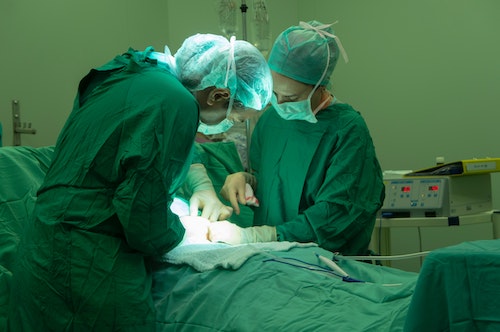
Tweeted Into My Heart: A Valentine’s Day Celebration of Danielle
March 30, 2023
‘My Delta Girl’: From friends to lovers, Jada and Frank are certainly made for each other
March 31, 2023Anesthesia — a scientific breakthrough in the medical field
We celebrate Anesthesia Tech Day on March 31 annually in honor of technologists’ contributions and efforts toward anesthesiology and the medical field.
The use of anesthesia can be traced back to ancient times when Babylons, Greeks and Chinese took natural herbs orally. Then in the 1200s, an Italian physician used sponges soaked in mandrake plant extract and opium to reduce a patient’s pain in surgery.
Without something efficient to relieve the pain from surgery, many patients had to rely on opium, alcohol or even a bullet bite.
When the Civil War came, having a lot of surgeries on many wounded soldiers was becoming more common. In this case, it was clear that doctors and scientists needed to prioritize and invent more advanced anesthesia to treat patients.
In 1846, Dentist William T.G. Morton in Boston, Massachusetts, had the first successful surgical procedure with anesthesia for a vascular tumor removal surgery. This first test for using anesthesia also brought him a lot of financial support later in the medical field.
One year later, Scottish obstetrician James Y. Simpson provided a type of anesthesia for a woman when she was giving birth.
With the progressive use of anesthesia in all aspects of surgery, in 1902, Dr. Mathias J. Seifert of Chicago coined the terms “anesthesiology” and “anesthesiologist.”
Although anesthesia has turned into a staple medical tool to help patients ease pain, the University of Toronto’s Faculty of Medicine found that anesthesia may affect our brain functions and cause memory loss.
Therefore, just like any other branch of science, the field of anesthesia is under constant research and development as well.
Today not only encourages us to show our thankfulness to those medical professionals for their hard work, but also motivates the future generation to realize that being an anesthesiologist is a great career path that they could choose. Happy Anesthesia Tech Day!




